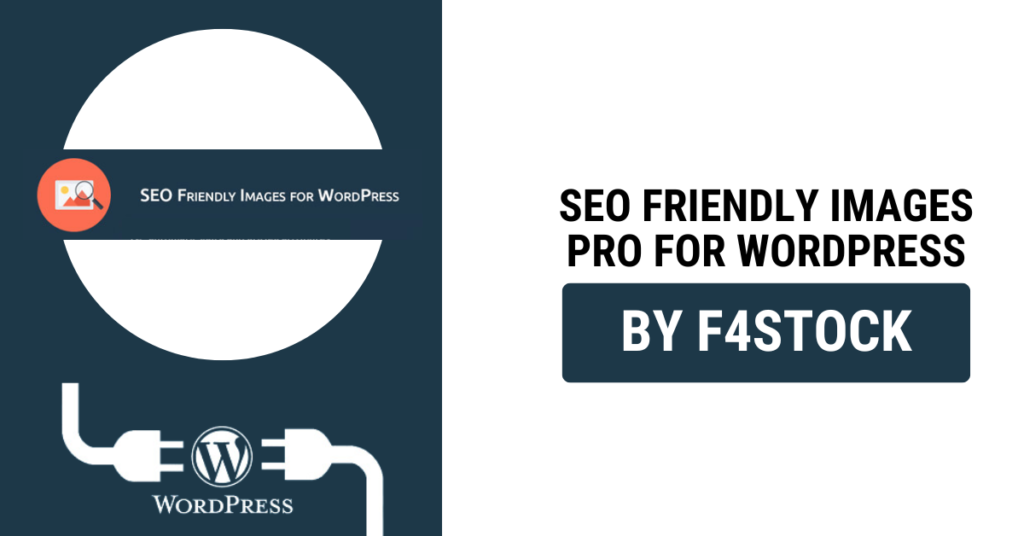In the world of digital marketing, images often act as the unsung heroes of content. They grab attention, tell stories, and enhance the overall user experience. But when it comes to search engine optimization (SEO), images are frequently overlooked. If you’re looking for a competitive edge, SEO image filters could be the missing piece in your WordPress strategy.
Why Images Matter for SEO
Search engines are evolving to prioritize user experience, and images are a crucial part of that equation. Here’s why:
- Visual Appeal: High-quality visuals increase engagement and reduce bounce rates.
- Search Visibility: Optimized images can appear in image search results, driving additional traffic to your site.
- Page Speed Impact: Properly optimized images ensure faster load times, which search engines reward with better rankings.
However, not just any image will do. To fully unlock their potential, your images need to be optimized with SEO in mind, and that’s where filters come in.
What Are SEO Image Filters?
SEO image filters are tools or features that allow you to fine-tune your images for better search engine visibility. They go beyond basic compression or resizing and offer advanced options to:
- Improve image clarity without increasing file size.
- Apply relevant alt text and metadata automatically.
- Optimize color contrast and brightness to meet accessibility standards.
- Create uniformity for visual branding across your website.
In essence, these filters ensure your images are not only visually appealing but also aligned with SEO best practices.
The Role of SEO Image Filters in WordPress
WordPress powers over 40% of the internet, making it the go-to platform for content creators. While WordPress offers a solid foundation for SEO, its default tools for image optimization are limited. This is where plugins with SEO-focused image filters shine.
Key Benefits of Using SEO Image Filters in WordPress
- Improved Page Load Speed
Filters can compress and resize images without compromising quality, ensuring your website loads faster. Search engines like Google prioritize sites with quicker load times, giving you a ranking boost. - Accessibility Compliance
Filters can help adjust image contrast, brightness, and text overlays to meet WCAG (Web Content Accessibility Guidelines). This ensures your site is accessible to all users and preferred by search engines. - Automatic Metadata Optimization
Plugins with SEO filters can automatically generate and embed keywords in image alt text and file names, saving you time and improving visibility. - Enhanced Visual Branding
Consistent filters applied across all images can create a cohesive look that strengthens your brand identity, making your site more recognizable and professional.
How to Add SEO Image Filters to Your WordPress Strategy
- Choose the Right Plugin
Look for WordPress plugins specifically designed for image optimization and SEO. Features like automated alt text, compression, and color adjustment filters should be at the top of your list. - Optimize Images Before Uploading
While plugins can do a lot, starting with high-quality, appropriately sized images ensures better results. - Audit and Update Existing Images
Use SEO filters to re-optimize images already uploaded to your site. This can breathe new life into older content. - Regularly Monitor Image Performance
Use tools like Google PageSpeed Insights or your SEO plugin’s analytics to ensure your images are contributing to, not hindering, your rankings.


